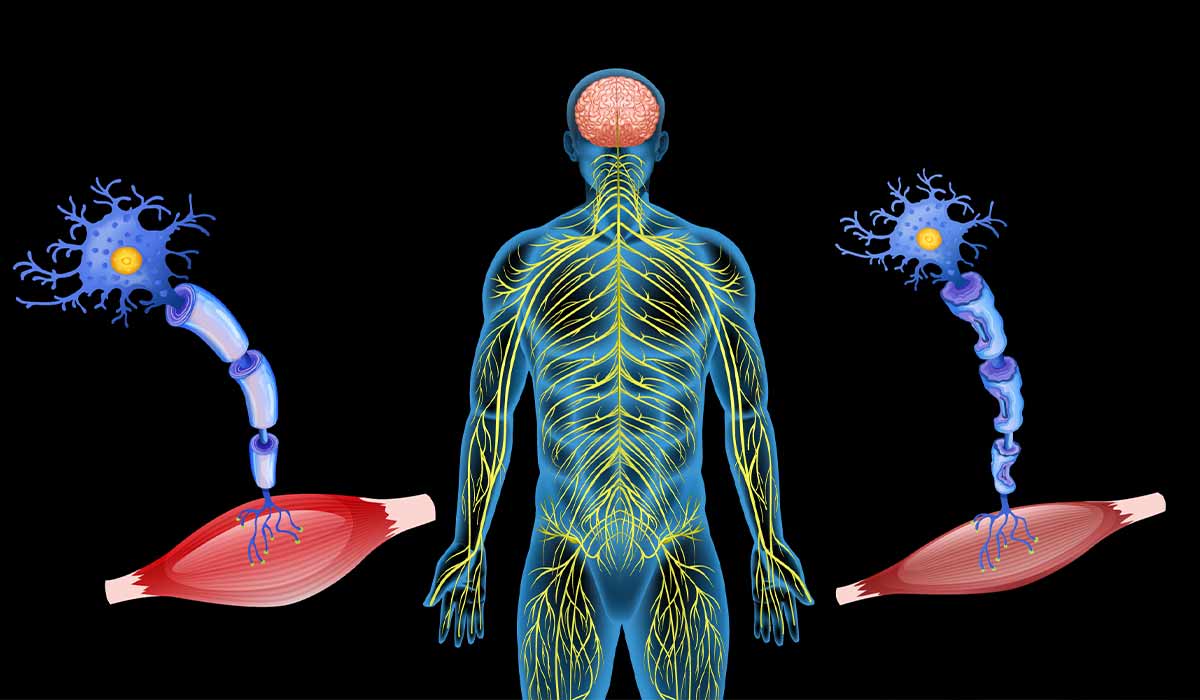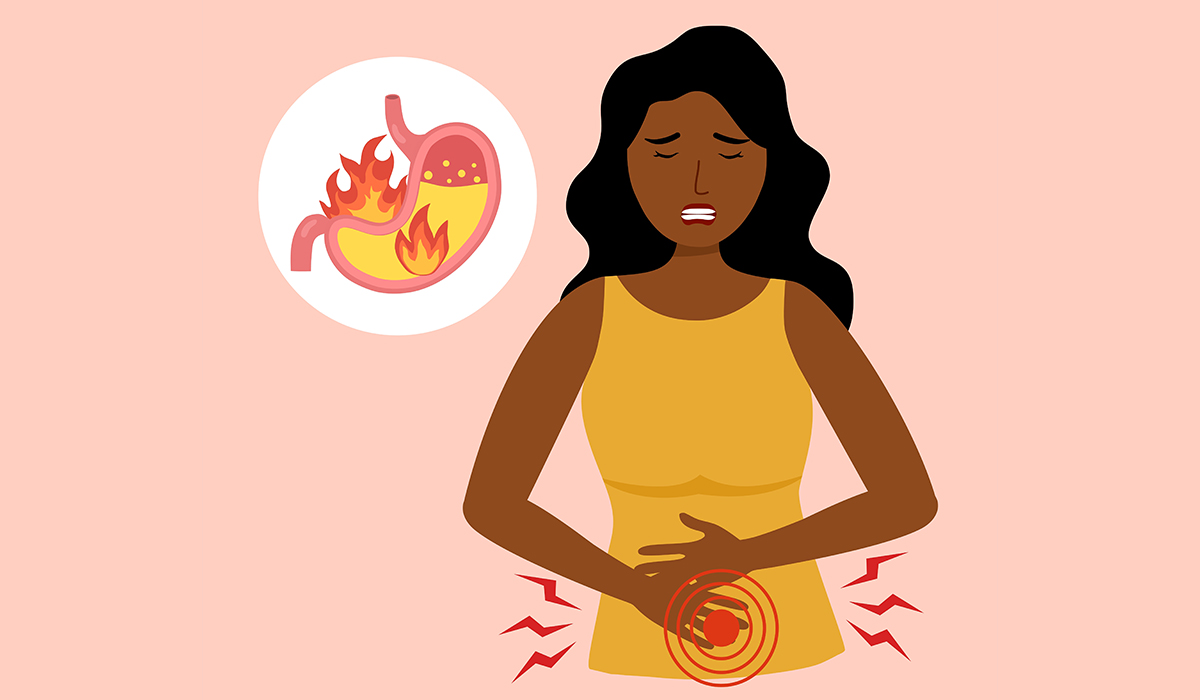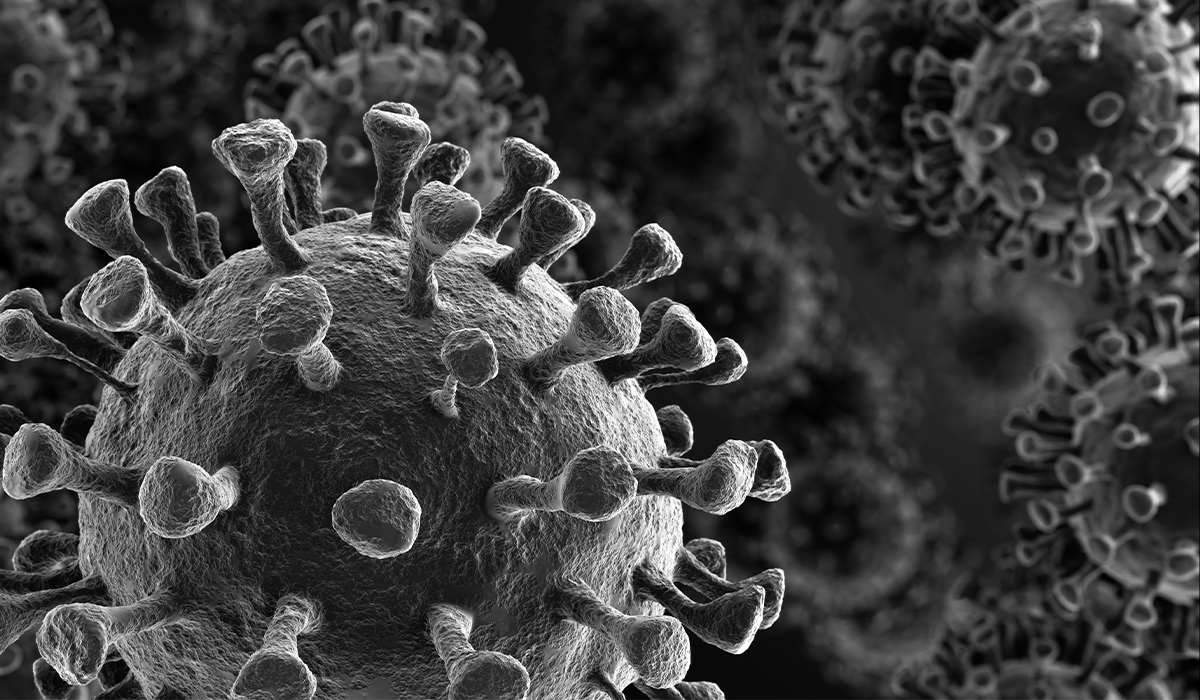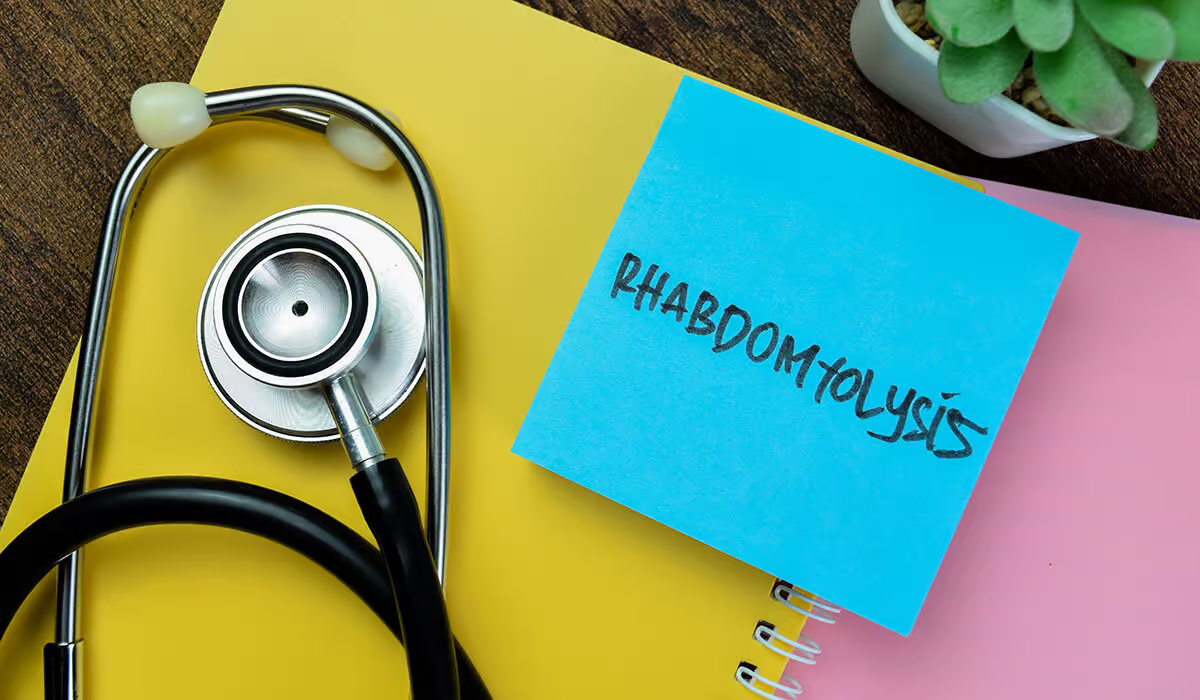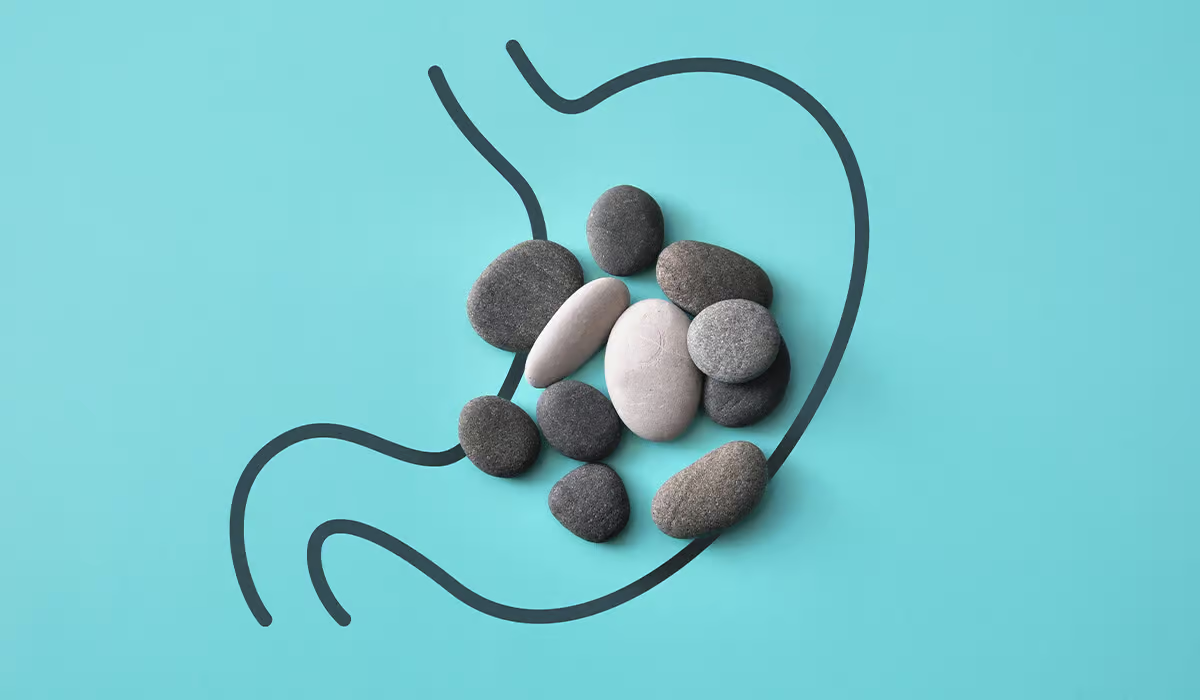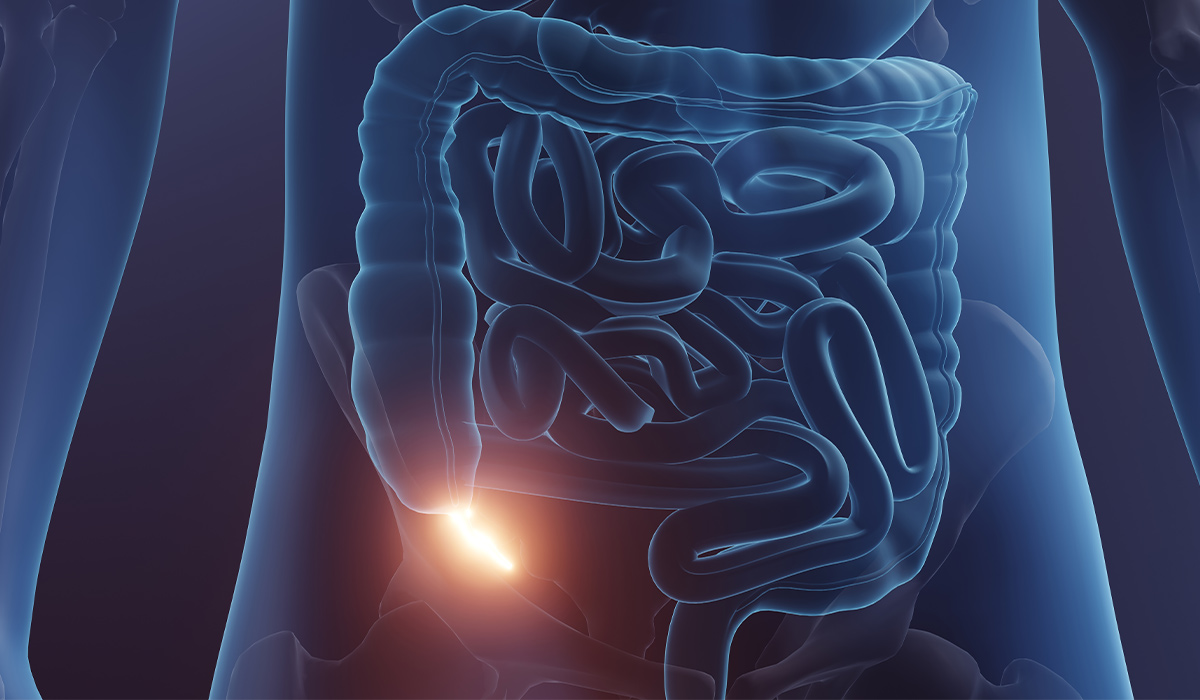And what exactly are hair follicles? These are the tubes from which hair grows. They are located on the skin surface and protect against damage (lipid coat). When the follicle is damaged (due to cosmetics or hair removal), microorganisms enter the follicles and multiply there. The body begins to defend itself against bacteria, and inflammation occurs.
Types
Folliculitis can occur in two forms:
The first type, often caused by Staphylococcus aureus, manifests as pimples from which single hairs grow. The lesions have a tense surface and are filled with pus. After some time, they burst independently, leaving red scabs on the reddened skin. They often appear on the face, neck, and armpits and rarely develop into a chronic disease. Treatment of superficial folliculitis is local (antibiotic compresses and skin disinfectant solutions) or general (antibiotic administration).
The second type can also take a more severe form – the so-called deep folliculitis (resulting in boils appearing on the skin), which manifests as pimples filled with pus but most often affects the scalp. This disease affects men more often than women.
Causes
The causes of this dermatosis may be both infectious and non-infectious. Non-infectious inflammatory changes may occur when no pathogenic agent penetrates. It may be the result of taking certain medicines, e.g., glucocorticoids.
However, there is no doubt that the most common cause of hair follicle inflammation is infection, most often caused by Staphylococcus aureus bacteria. The causes of this disease may seem very prosaic – infection most often occurs during shaving or depilation when the hair follicle or the area of skin surrounding it is damaged. Another common cause of inflammation of the hair follicles on the thighs or itchy groin is constant skin irritation and wearing too tight clothes or underwear made of artificial, non-breathable materials. Facial hair folliculitis may also be caused by skin irritation with a chemical substance, so the appropriate selection of care cosmetics is essential.
It is also worth remembering that other, less obvious causes of hair follicle inflammation on the face and other body parts exist. These are:
- Overweight and obesity
- Excessive sweating
- Hot and humid climate
- Diabetes
- Severe kidney failure
- HIV infection
- Skin damage
- Alcoholism or drug addiction, i.e., addictions that lead to the destruction of the body
- Inappropriate diet
- Inappropriate care cosmetics (in case of inflammation of hair follicles on the head – shampoo with improper composition)
Symptoms
The symptoms of this disease are easy to self-diagnose. Regardless of which part of the body dermatosis appears, the sign is a yellowish pimple, often pierced by a hair. There is noticeable redness within it, which indicates developing inflammation. The lesions may appear singly or form clusters on the face, neck, head, and other body parts.
If the changes are only superficial, they are not accompanied by other symptoms. However, if the lesions are severe, they may take the form of boils, and the patient also experiences severe itching of the scalp and pain in the lesions.
Losing a few hairs a day is completely normal. However, noticeable hair thinning, baldness, and skin irritation may require a little investigation. Short-term conditions, e.g., pregnancy, illness, or stress, may cause temporary hair loss. Intense hair loss and even baldness are probably due to a disease. One suspect may be extensive inflammation in the hair follicles, which causes the hair follicles to stop supporting hair and not produce new hair.
Inflammation of the scalp hair follicles ultimately leads to several noticeable symptoms:
- Itching
- Pus-filled bumps, redness, and balding areas
- Peeling, irritation, and even swelling are other unpleasant symptoms
- Inflammation may also be accompanied by dandruff
Is it Dangerous to Health?
Even though it is a bacterial disease, its occurrence depends on the individual factors listed in this article (including personal hygiene, type of clothing worn, tendency to sweat excessively, or having diabetes). Creating certain conditions causes the multiplication of pathogenic bacteria and the appearance of skin infections.
Typically, folliculitis does not leave any scars. However, in the chronic form of this disease (i.e., in the course of the so-called fig disease), additional purulent tumors may appear on the patient’s skin, which may result in scarring. Chronic inflammation of hair follicles more often affects men and is typically located on the facial skin (beard and mustache area).
Treatment
A lot depends on the severity of the symptoms. Mild, single changes do not always require consultation with a doctor. In such a situation, it is worth observing changes in the skin. However, if the problem persists and, on the contrary, begins to spread to larger areas of the skin, itching occurs, and the lesions become painful, it is necessary to consult a doctor.
Effective treatment of folliculitis relies primarily on the use of an appropriate antibiotic. Unfortunately, home remedies will not help here. The drug for folliculitis is most often used topically or if the lesions are extensive, general treatment is introduced. For topical treatment, specialists recommend antibiotics.
In in-home treatment, it is important to refrain from using skin lubricating preparations based on vaseline (ointments). Only creams are allowed. Additionally, it is advisable to cleanse the skin 2 or 3 times a day with salicylic-resorcinol spirit.
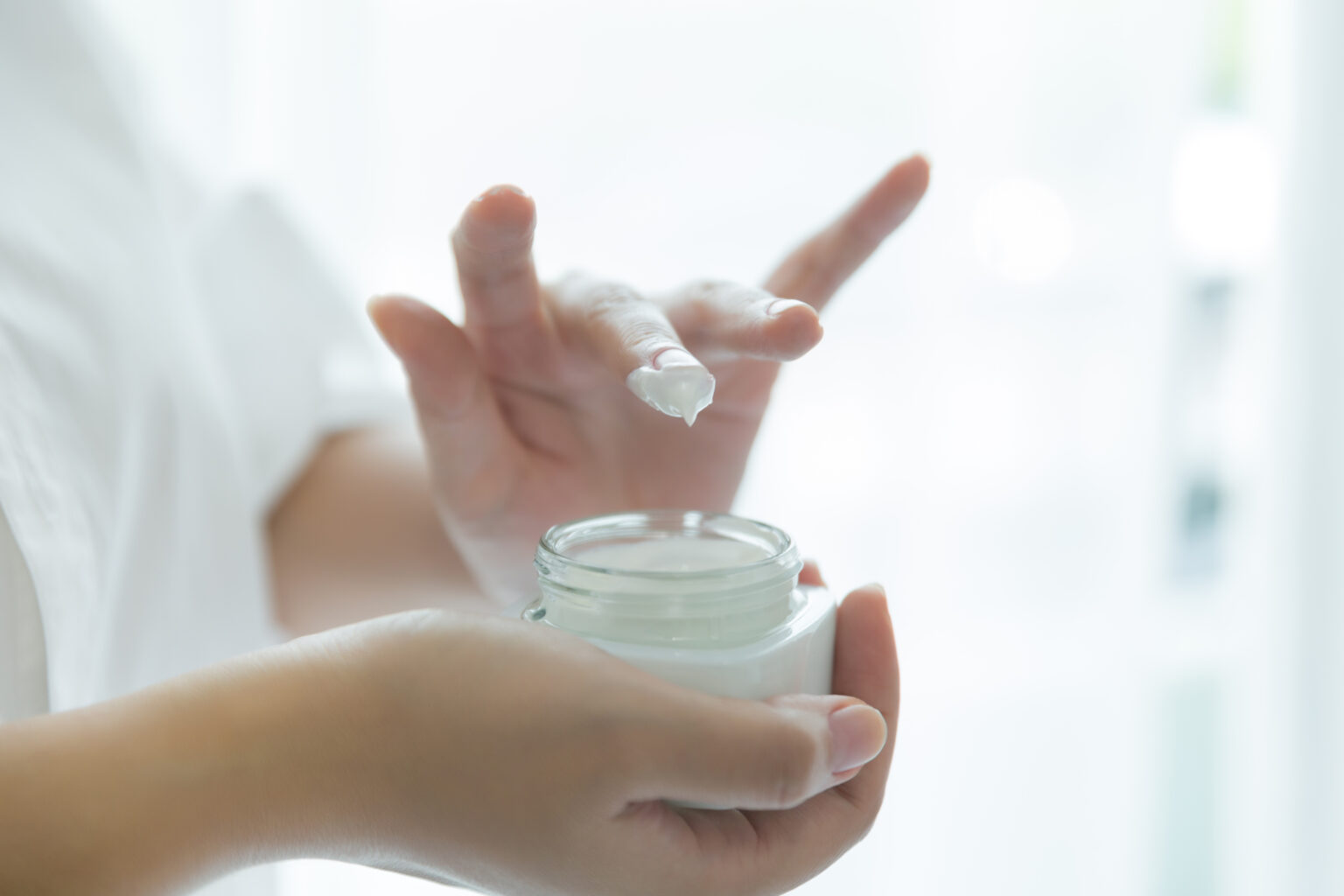
Single inflammatory lesions should not be a principal burden for the patient. Following the specialist’s recommendations, taking medications regularly, avoiding risk factors if possible, and controlling concomitant diseases (cancer, diabetes, kidney failure) prevents disease recurrence and ensures adequate quality of life. The safe use of antibiotics, both topical and systemic, requires knowledge of several facts.
Skin Care
Following the rules of personal hygiene, proper diet, and care can support the treatment.
If the inflammation affects the scalp area, the best solution will be an appropriate shampoo for folliculitis. It must be delicate, moisturizing, and contain mild cleansing substances. Intensive scalp rubbing or irritating substances in some hair shampoos may exacerbate the symptoms.
The situation is similar in the case of face and body care. When struggling with inflammation of hair follicles, we should avoid products that cleanse strongly and dry the skin. To clean your face and body, use cleansing gel. The product has a mild effect and moisturizes and softens the epidermis. It is due to the presence of soothing niacinamide and beneficial shea butter, which replenish the lipids level in the skin during the bath, preventing it from drying out. The gel has a neutral pH, neutralizes the harmful effects of hard water on the skin, and is suitable for use in intimate areas.
Just after bathing, it is worth retaining and nourishing moisture in the skin. Use cosmetics primarily for atopic and sensitive skin, which will also work well in the case of problematic inflammation of hair follicles. They immediately soothe demanding skin and eliminate the unpleasant feeling of itching. They deeply nourish the skin, support its reconstruction of the hydrolipid layer, and restore the natural balance of the microbiome.
In case of inflammation of hair follicles, it is worth taking care of proper facial skin care, providing it with the appropriate amount of moisturization and soothing. It is worth remembering to avoid cosmetics with a greasy, oily consistency, as they may additionally burden reactive skin.
Prevention
In addition to proper care, we should follow the rules of personal hygiene. Do not use the same toiletries and towels to minimize the risk of infection. Shaving or epilation razors should be disposable or have replaceable blades and be disinfected each time. In addition, it is worth remembering to wear light, airy clothing and underwear made of natural, breathable materials.
Inflammation of Hair Follicles on the Face in Men
Make sure to moisturize your scalp. Replace cosmetics for oily hair with light formulas of hair care cosmetics with as few potentially irritating ingredients as possible (unfortunately, essential oils also fall into this group). This way, you won’t make the inflammation even worse.
Try ultra-gentle micellar shampoos. The unique technology based on micelles allows you to remove everyday dirt from your scalp without rubbing or using solid detergents.
Follicitis After Hair Depilation
A particular case of folliculitis is skin irritation that occurs after shaving. It often appears several days after using the razor. That is because the ingrowth of growing beard or hair accompanies the inflammation of the follicle itself.
The new hair does not break through the skin, but because of clogging of the pores and follicles with the remnants of the epidermis or due to the nature of the hair itself, it grows into the skin. And ingrown hairs after depilation are a direct path to irritation.
- Epilate only in the direction the hair grows, or use an electric razor.
- Replace the razor blades regularly and disinfect them before and after each use. A whole host of bacteria and germs accumulate on them.
- Avoid wearing tight clothes made of rough or artificial fabrics (denim, polyester).
- Use moisturizing balms.
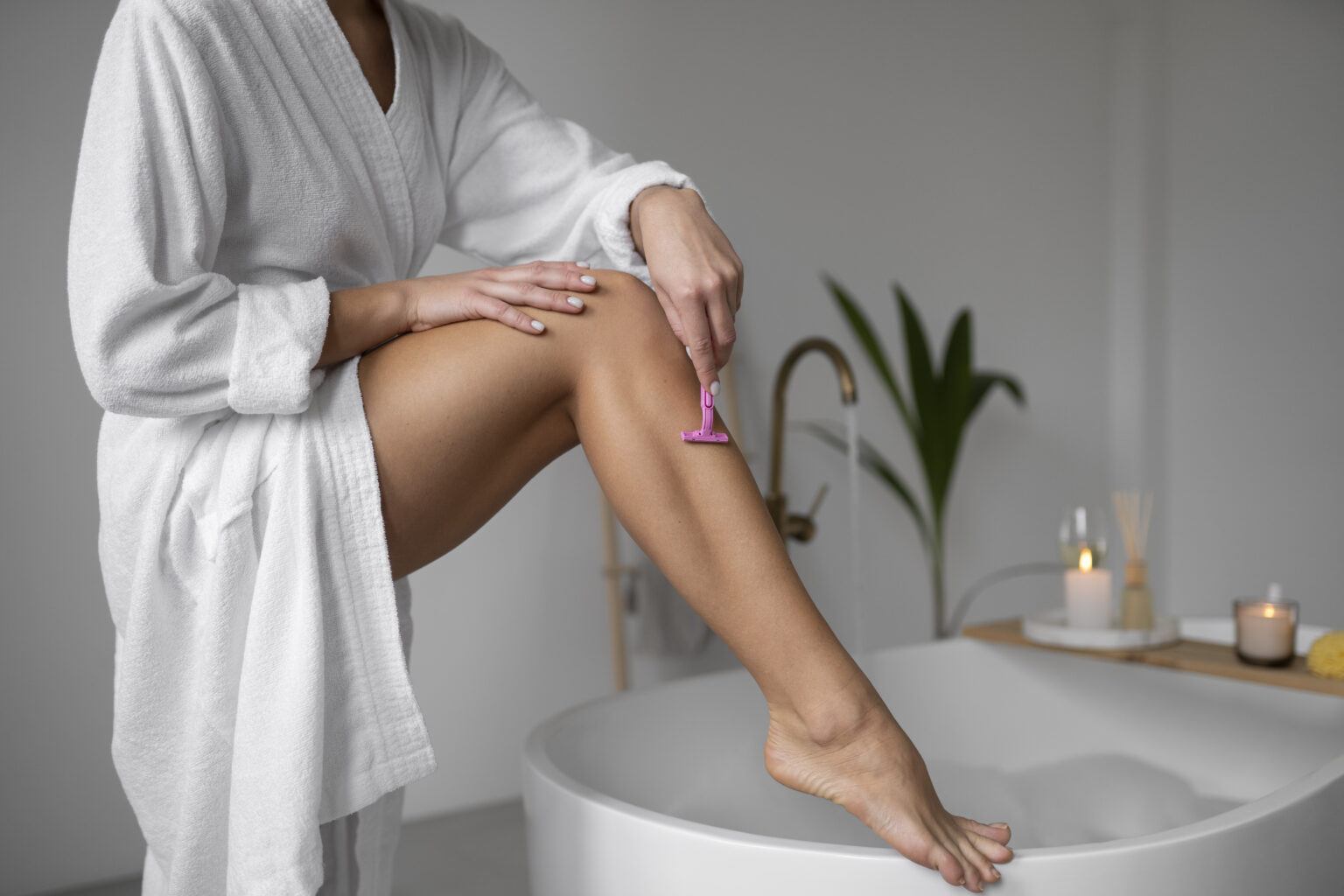
Follicitis on The Legs
If you have noticed darker spots on your legs (especially on your calves) that resemble small black dots, you may have a problem with folliculitis after depilation. You may come across another name for this common condition: strawberry skin. The term comes from the body appearance affected by inflamed hair follicles. Many dots and redness bring to mind the texture of a strawberry.
The causes of inflammation of the hair follicles on the legs are simple to indicate. Our pores expand under warm temperatures (e.g., when we depilate in the shower). A mixture of bacteria, dead skin cells, and cosmetics accumulate in their area. This way, the hair follicle is exposed after shaving, the enlarged pores become clogged, and the mixture of substances gets trapped inside. It can easily cause skin irritation and inflammation of the hair follicles.
How can we prevent these harmless but unsightly problems? Try to exfoliate dead skin with body scrubs at least once a week (especially before epilation). Additionally, remember that although home treatment can bring you many benefits, too frequent use of mechanical peelings can irritate the skin.
Abrasion of the epidermis may damage the delicate hydro-lipid coat that protects us against the harmful effects of external factors. Therefore, after each bath, especially after exfoliating or using a dry brush, reach for body lotions. You will not only moisturize the skin but also firm it up.
Folliculitis in the Intimate Area
Inflammation of hair follicles in the bikini area is often a shameful topic. Completely unnecessary. Any diseases (including skin lesions) may turn into more severe ailments. Therefore, do not ignore the irritations after shaving your intimate areas. Folliculitis can have unpleasant consequences, and it is easy to prevent.
First, start with a quick examination of conscience. Do you only use a disposable razor once? Each of us has turned a blind eye to this seemingly insignificant matter. Unfortunately, the dirty and blunt blades on which the remains of our epidermis and various types of bacteria accumulate are responsible for unsightly redness and bumps.
Folliculitis Under Arms
After epilating your armpits, have you often struggled with painful and red bumps that resemble pimples for many weeks? You may have unknowingly experienced folliculitis in your armpit.
Taking care of the hygiene of the razor or shaver blade is significant not only when depilating the bikini area but also the underarms. Moreover, remember to change the blades when removing hair from another body part. Sweaty armpits are an excellent environment for bacteria to grow – so clean the blade and the skin before you start shaving. Make sure the space is as clean as possible so that you do not risk bacteria entering the hair follicle in the event of micro-injuries.
What else can you do to avoid armpit folliculitis? Pay attention to what you put on your skin after shaving. Not every deodorant or antiperspirant can be used on freshly shaved skin. Choose appropriate formulas that will not irritate sensitive skin.
Sources
- Folliculitis. NIH. https://www.ncbi.nlm.nih.gov/books/NBK547754/.
- Folliculitis. PennMedicine. https://www.pennmedicine.org/for-patients-and-visitors/patient-information/conditions-treated-a-to-z/folliculitis.
- Special types of folliculitis which should be differentiated from acne. NIH. https://www.ncbi.nlm.nih.gov/pmc/articles/PMC5821164/.
- Staphylococcus aureus Infection. NIH. https://www.ncbi.nlm.nih.gov/books/NBK441868/.
- Folliculitis. NIH. https://health.alaska.gov/dph/Epi/Documents/pubs/mmm/MMM_Chapter_Folliculitis.pdf.
- Tufted Hair Folliculitis. NIH. https://www.ncbi.nlm.nih.gov/books/NBK430735/.
- Care of your skin. NHS. https://www.gloshospitals.nhs.uk/media/documents/Care_of_your_skin_GHPI1008_08_21.pdf.
- Ingrown hairs. NHS. https://www.nhs.uk/conditions/ingrown-hairs/.
